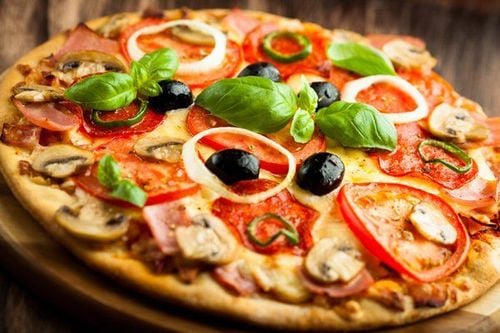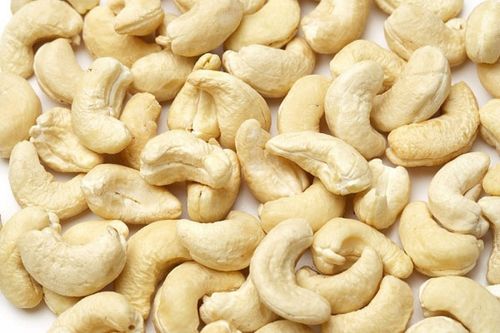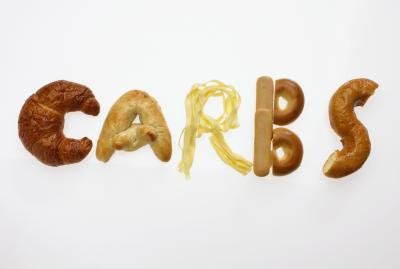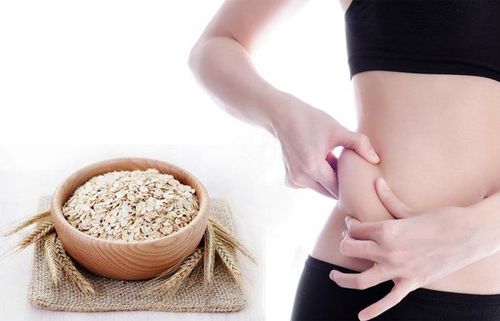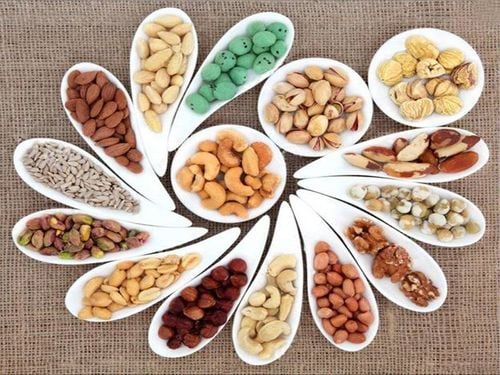This is an automatically translated article.
Any food made from wheat, rice, oats, cornmeal or a whole grain is called a grain food. Bread, pasta, oatmeal, breakfast cereals, tortillas are good examples of grain products.
1. What types of cereals are there?
Grains are divided into 2 categories, including whole grains and refined grains. Whole grains contain the entire grain - the bran, germ, and endosperm. Whereas, refined grains mean that they have been milled, with the bran and germ removed. This is done to give grains a smoother texture and extend their shelf life, but it also removes fiber, iron, and many other B vitamins. So most refined grains are fortified with B vitamins such as thiamin, riboflavin, niacin, folic acid, and iron that are added back after processing. However, fiber is not added to refined grains.
2. What are foods in the cereal group?
Products containing the main ingredients of wheat, rice, oats, cornmeal, barley or any other cereal are called cereal foods. Foods belonging to the cereal group are quite popular and suitable for many people's taste, such as bread, pasta, breakfast cereals, cereals, cornflakes, oatmeal.
In the market, whole grains or refined grains are used to prepare a variety of foods. Whole grains include whole-wheat flour, rye bread, oatmeal, whole-grain cornmeal, and brown rice. Meanwhile, refined grains are the main ingredients of foods after white flour, de-germinated cornmeal, white bread and white rice. When choosing foods made from refined grains, users should carefully read the ingredients listed on the product to ensure that they are fortified with B vitamins and iron.
3. How much cereal per day is enough?
The amount of whole grain foods you need to eat each day varies depending on your age, gender and physical activity level. The amount of whole grains per person can vary from 100 to 250 mg - of which at least half should be whole grains.
People who are physically active may have more needs than others to meet higher energy needs. Vietnamese people do not have the habit of eating grains regularly and most of them are refined grains, the number of whole grains is still low.
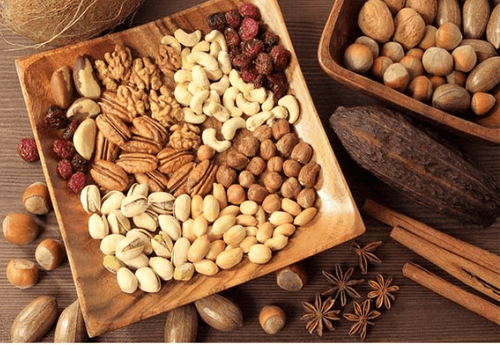
Số lượng thức ăn thuộc nhóm ngũ cốc mỗi người cần có thể thay đổi từ 100 đến 250 mg.
4. Some foods belong to the common cereal group
Grain-based foods make up the bulk of the human diet, but many foods are being made from refined grains such as white flour, which have low nutritional value. Bread, pasta and pasta are among the foods that fall under the common grain group, but whole-grain products should be more selective, making up at least half of the total.
Bread Bread is made from grains such as wheat, rye and rice. White bread is made from refined grains, while whole wheat, rye, and others containing unrefined grains can also make bread. Bread made with whole grains is much more nutritious than bread made with refined grains.
According to the United States Department of Agriculture, it may be necessary to check the ingredient list to determine if the bread contains whole grains, as caramel color is added to some white breads to make it look like whole wheat.
Noodles and pasta Noodles and pasta are foods made from grains such as wheat and barley. According to the National Pasta Association, pasta comes in a variety of shapes, such as elbow, wheel, or clamshell pasta. For pasta and pasta, experts recommend reading the ingredients list to determine the actual grain content of different types of pasta.
Cereal Flour Soluble cereal powder is a kind of cereal-based food that is increasingly being chosen because of their convenience. Wheat is the main ingredient contained in cereal flour, in addition can be mixed with cornstarch, rice and some other grains. Oatmeal is a popular product on the market because of its many health benefits. However, technically, oat bran is not a grain, but it is often added to cereals for its high fiber content.
Biscuits Biscuits are a popular low-fat snack food made from wheat and other grains. Both crackers and crackers contain wheat, usually in a refined form. Crackers made from whole grain and refined flour, are foods belonging to the group of cereals. Refined grain crackers are usually made from flour, while whole grain crackers can contain wheat, rye, or a mixture of different grains. Most cookies are similar in shape, but other variations exist, such as stick, ring, and letter shapes.
Other grain snacks are also considered a good and healthy addition to your diet. Examples include popcorn, especially when cooked without added butter or oil, and snacks like chips and cheese that are baked rather than fried.




